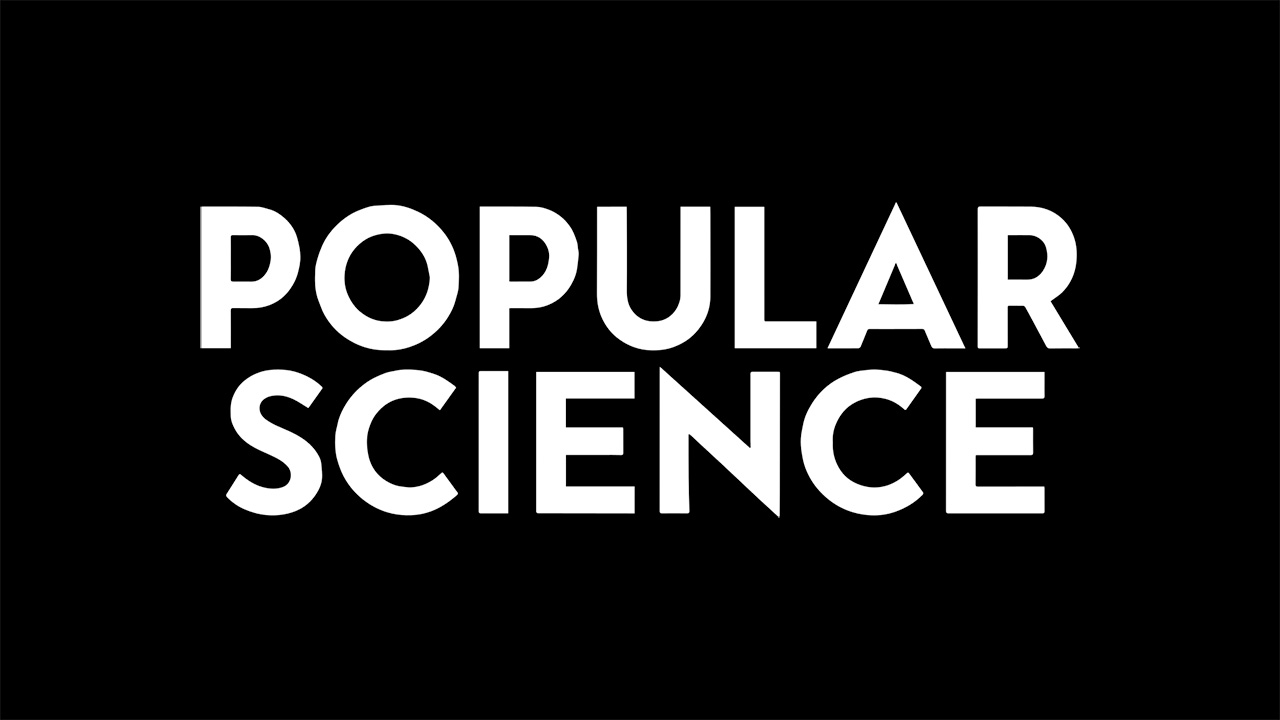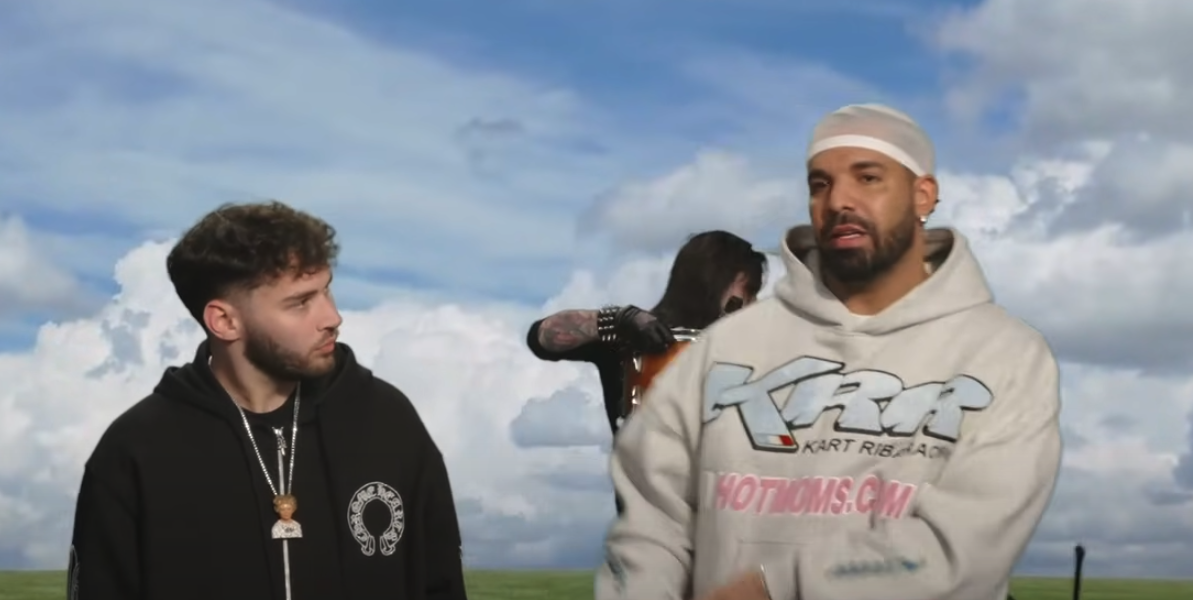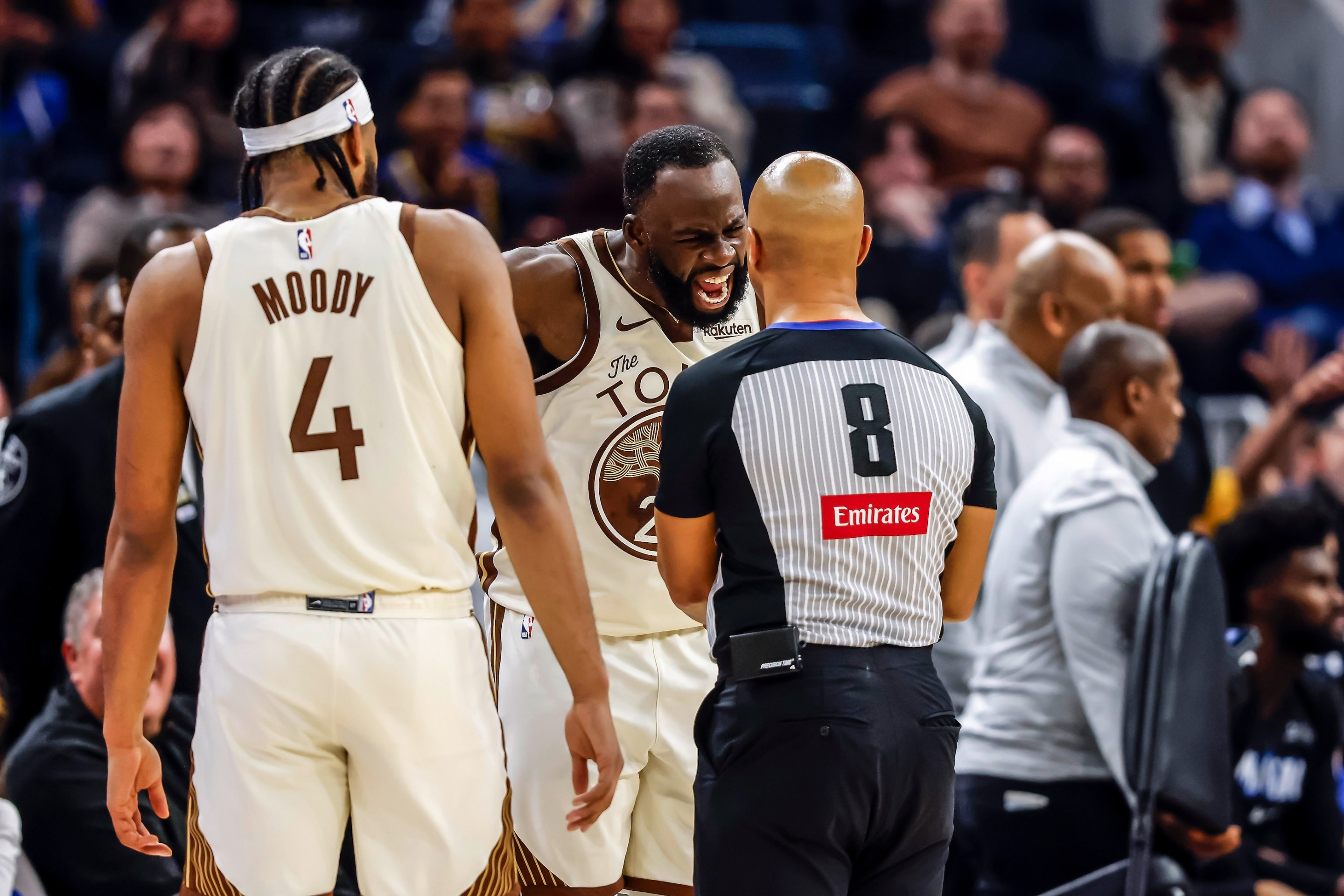In May 2022, Popular Science celebrated 150 years of the magazine: 1,747 issues, alongside a stream of stories and videos published online. The magazine's staff compiled a special anniversary package, revisiting landmark stories from its archives about superconductors and the germ theory of disease as well as spotlighting the women and people of color whose contributions to science went unrecognized by the magazine in the past. In a letter to readers, Corinne Iozzio, the editor-in-chief at the time, reflected on Popular Science's legacy and speculated on its future: a publication that strives toward "meeting people where they are, and introducing them to scientific concepts through the lens of their own daily experiences."
This month, the 151-year-old legacy of Popular Science as readers know it is ending. The magazine has undergone significant changes in recent years, ending its print edition in 2020 and switching to a quarterly digital magazine in 2021. But now the magazine will cease publication altogether, shut down by its owner, the private equity–funded company Recurrent Ventures. PopSci.com will continue publishing posts containing news, reviews, and podcasts with a skeleton staff of five. In a chilling echo from 2015, it wants to pivot to video.
The first hint of this recent gutting came to staff in an Oct. 27 email from Recurrent Ventures CEO Andrew Perlman, who expressed a plan to "strip away unnecessary complexities" and expand video efforts. When staffers expressed understandable concern about what, exactly, those phrases meant, they were assured their jobs weren't at risk, according to Employee A, a former PopSci employee who was a part of the layoffs and signed an NDA. On Nov. 13, the majority of Popular Science's staff, 13 people in total, were abruptly laid off in a single five-minute Zoom call. Staffers received an invitation for a 10 a.m. meeting that Monday, in which they were told they no longer had jobs and were almost immediately booted off Slack, according to Employee B, a former PopSci employee who was also part of the layoffs. The staff was not unionized, and all the full-time employees of color were included in the layoffs.
It's not news to anyone that many media workers' jobs and livelihoods remain in the hands of capricious, incompetent, and greedy venture capitalists, and that the best-case scenario for shuttered outlets is to later be purchased and revived, if they are so lucky, as a shell of what they once were. But the end of Popular Science arrives at the tail of a string of layoffs and closures in the sphere of science journalism, as Emma Roth reported in The Verge. National Geographic, which is owned by Disney, laid off its remaining staff writers in June. This fall, Gizmodo laid off its single remaining climate staffer, and CNBC dismantled its climate desk. Like many other science publications, Popular Science saw a bump in readership when the pandemic broke out and science news became life-saving, Employee A pointed out. "Who's diminishing and devaluing science journalism? That's the frustrating part," they said. "It's not the people. We had a loyal readership and podcast following at PopSci, and it was very rewarding."
From its conception, Popular Science intended to be a magazine for the people—one that diffused science to the general public. This storytelling style "made the publication trustworthy and accessible," Purbita Saha, a former senior deputy editor who was among the layoffs, told Defector. "It also helped people who don't regularly read academic journals, follow wonky policy changes, or watch overhyped tech press conferences feel empowered." (Disclosure: Saha and I worked together at Audubon.) The magazine also had a dedicated DIY section that helped readers learn new skills and experiment.
The loss of Popular Science also means one less major publication where emerging science journalists can learn the craft and build their careers, and where freelancers could make a relatively respectable rate of $1 to $1.50 a word, Saha said.
"We had [a writing] intern every spring, summer, and fall, and that's three science journalists who now won't have a place to get their feet wet in the field," said Chelsey B. Coombs, a former social media editor at Popular Science, who was among the layoffs. "There's not many places left to do science journalism."
A loss of any science magazine is also a loss for science itself. "Where are the scientists going to get public investment in their research?" Coombs asked, adding that earlier-career researchers especially benefit from getting their work covered in a publication like Popular Science. Science journalism has arguably never been more important, as the harsh impacts of climate change are hitting the planet faster than many scientists expected and the biodiversity crisis threatens all corners of life on Earth.
These issues will continue to be covered on PopSci.com in some form. The remaining news staffers do a variety of original reporting and aggregation. But Popular Science, the magazine, was where staff could run longform narratives and investigative pieces. "Shutting that down means we lose insightful storytelling that delved deep into climate solutions, medical discoveries, deep space exploration, animal wisdom, and just plain cool experiments and inventions," Saha said. Involved, reported features best capture the enormous, entangled scale of the crises occurring on the planet and the innovations pushing science forward—the kinds of stories science journalism used to prize.







